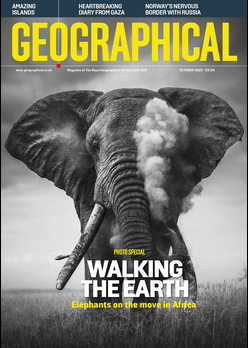
Sunil Amrith’s latest work unravels the history of modern civilisation through the impact humans have had upon the environment
By Chris Fitch
The past five centuries have seen the colonisation of the Americas, the expansion and retreat of the slave trade and the Industrial Revolution. The narratives of these historical events are almost always told exclusively from the perspective of humans.
Still, half a millennium of huge social and economic change also had immense ecological impacts. The Burning Earth is the history of modern civilisation – of imperialism, colonialism and globalisation – told through an environmental lens.
Our other recommended reads…
Amrith’s retellings are a powerful reminder that human impact on the environment isn’t a new phenomenon. As people began colonising, animal species were eradicated, permanently destabilising ecosystems.
The establishment of a global economy and the search for resources destroyed landscapes, forests and river systems. Brutal mass killings may have even affected the climate, causing periods of global cooling still visible in ice core data. Humanity’s presence was a key actor – perhaps even the protagonist – throughout this period.
A rapidly globalising world saw regions constantly affecting one another. For example, without the arrival of sweet potatoes and other exotic crops from the Americas, perhaps China’s Qing Dynasty wouldn’t have prospered to the extent that it ruled such a large area of East Asia.
And there’s no doubt that strong cords tie together Europe’s 17th-century taste for sugar, the destruction of Brazil’s forests to create sugarcane plantations and the trade in millions of enslaved people from Africa. Sometimes, the social, the environmental and the economic are entirely intertwined and impossible to separate.
The writing is dense, with probably too much detail. It’s heavy-going but sufficiently fascinating to be worth the effort. This book is a powerful reminder that many common narratives from the past have been heavily simplified, stripping out mundane elements such as weather and diet, that nevertheless would have been front and centre to the experience of people at the time, and possibly even played a pivotal role in shaping events.




